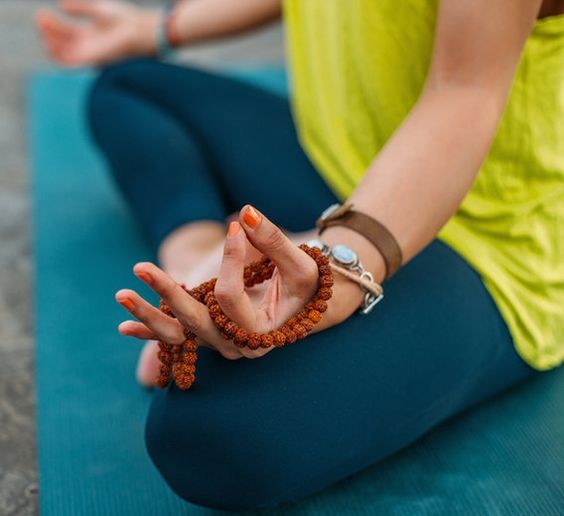My age: 54
Height: 6ft 3in
Weight: Rude
I considered myself fit. Hadn’t I built a house? Climbed Mount Kilimanjaro twice? Cycled the length of Britain?
“Yes,” said my wife Christabel. “But that was 15 years ago.” Ouch.
I couldn’t help noticing that she would bounce in from her yoga class positively brimming with love for the universe. She could sit cross-legged, not only touch her toes, but place her palms flat on the floor, whereas I’d started to groan and creak like an old oak tree in the wind. (I’ll come back to the wind later.)
I realised something had to change. My job is all about getting organisations ready for change, helping people in the workplace to become more dynamic and flexible in their approach. In middle age, my mind was bendier and more ready to learn than ever – now I needed a body to match.
With gentle persuasion – aka, intense, relentless campaigning – Christabel convinced me to sign up for a yoga and mindfulness class.
Here, I share with you the agony and the ecstasy of my ‘journey’ (it’s all about the ‘journey’ in yoga, I’ve learnt).
First Yoga Class: March 2016
Lager consumed last night: 4 pints
Cracking joints getting out of bed: 3
Percentage of regret for agreeing to this: 99%
Pull on sweatpants and T-shirt usually worn for gardening and DIY. Alarmed to discover I’m the only man in the class. Try to focus on lying flat on my mat. Even that hurts.
The teacher tells us to relax, concentrate on breathing. “Durr!” I think. “Breathing’s not exactly difficult!”
Turns out it is. Apparently, like a lot of blokes, I hold onto my breath. Something to do with the old fight-or-flight instinct. We’re on constant red alert in case of attack by woolly mammoth. I like that. I begin to unwind, let my mind drift to heroic cavemen defending their territory…
Then the teacher makes us do the Warrior pose and I feel more like Fred Flintstone than Conan the Barbarian. My legs wobble, my shoulders ache, I struggle to hold in my gut, I’m terrified last night’s lager might make its presence heard.
“And breeeeeathe,” the teacher implores.
“Easier said than done,” I puff.
Second Class:
Willingness to attend: 4/10
Fear of farting: 10/10
Whale-music tracks downloaded on Spotify: 6
When I tell the teacher that I find lying on my back uncomfortable, she pops a foam block under my head and a soft ‘chi ball’ at the base of my spine. It feels amazing.
“We don’t get pampered like that,” my female classmates grumble.
It’s all going very nicely until we’re told to engage the muscles in our pelvic floor. I panic. Did I even have one of those?
I ask the teacher. The rest of the class howl with laughter. It’s all too embarrassing.
I decide to quit in favour of a men-only class.
Third Yoga Class:
Gap between fingers and floor when trying to touch toes: 1ft (major improvement)
Relief no cackling classmates: 10/10
Delighted to find a class local to me in Broadstairs, Kent, called Man-up Mondays: For Those Who Dare to Touch Their Toes. The teacher, Abbey, is just as supportive as the last one and it’s reassuring to see the church hall is full of blokes of a certain age.
With the pressure off, I worry less about flatulence, and more about mindful stretching. I find my spine flexing nicely in Cat posture. Slow inhalation and exhalation means I can hold it steady. It’s a eureka moment: after more than half a century on this planet, I’m finally learning how to breathe. Hoiking myself into Down-Faced Dog proves more of a challenge. I fear my tight hamstrings might snap. Note to self: more regular walkies.
Back at home, I see Tilly, my 13-year-old Border terrier, nimbly jump from the sofa to execute the perfect Down, then Up-Faced Dog. “Excellent work for a 91-year-old,” I tell her. “I want to be like you.”
When Tilly sits on my knee in the evening, her eyelids droop as she grows sleepy and it’s amazingly soporific.
Note to self 2: Create an App called ‘Tilly’s Art of Mindlessness'
After a year of yoga, this is what I've learnt:
- Flexibility comes back faster than you think. Today’s mighty oak is tomorrow’s bendy willow.
- Breathing is bloody brilliant. It’s like the body’s best-kept secret and it even helps with ‘senior moments’. According to recent research, US neuroscientists say that taking a deep breath in through the nose boosts recall.
- Core is key. Let the millennials own the six-pack. We mature types prefer to hone our inner core. Much of my work is focused around companies’ core values and postures such as Plank, which focus on strengthening the middle’s muscles, complement that perfectly.
- Before meetings, or any time you might feel nervous, take time to slow your breathing. Bend your head and roll down, one vertebrae at a time, until you’re dangling with your hands as close to the floor as is comfortable. Take a breath in and out, then gradually come up again.
- Don’t drink lager or eat curry the night before your class.
Why 50+ men need yoga:
‘Man Up Mondays’ teacher Abbey Careford says:
‘Unlike women, who’ll unburden emotions over a coffee with friends, men tend to internalise problems. So later in life, they’re carrying so much baggage, they’re like weighted-down donkeys. Whether they’re conscious of it or not, the strain is in their chests, shoulders and legs.
‘Breathing is the best way to connect with that tightness and begin to relax.
‘When they first come, they may feel intimidated and try to hold in their tummies in front of the other guys, but they soon relax. Women are just as competitive with each other.
‘Most of the men who come to my class are in the 40-60 age bracket. They’re not used to letting go. Younger guys are much better at connecting with their feminine side, with their man-buns and moisturisers.
‘The two poses I recommend as a starting point are the Cat, which squeezes tension out of the muscles, and Down-Faced Dog, which encourages the chest to open and the spine to lengthen, as well as boosting strength in the wrists.’
Just another man-up Monday...
Paul, 60, a gardener, says: ‘I’ve been doing yoga for 10 years and find it really beneficial. I was developing arthritis and told myself: “Use it or lose it”. ‘
Office worker Mark, 48: ‘I only do yoga because the wife says it will be good for me.’
Simon, 51, store manager: ‘My mother-in-law’s been doing yoga for years and she told me I should give it a go when I strained my knee. She’s in her 70s and she’s far fitter than me.’
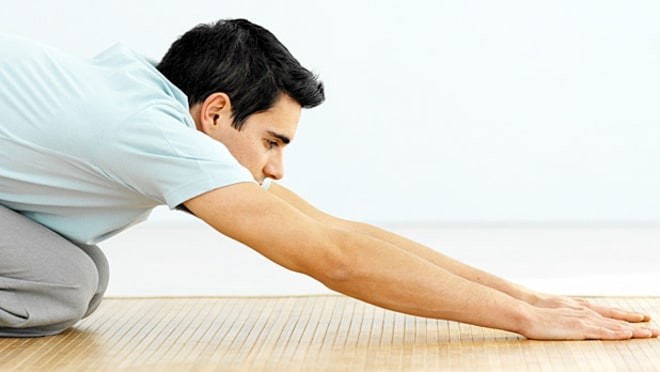
If you know a man who could benefit from a bit of yoga but is reluctant to join a class maybe my upcoming online course especially for men would help. It will be ready in August and will be a basic introduction to the practice, suitable for complete beginners. I'll keep you posted on its progress and will let you know when it's ready for launch!
This Week's Recipe... Chocolate Mints
I had these after dinner mints at an Indian restaurant recently. They were so delicious, simple and unique that I thought I'd give them a try.
You will need:
Some dark chocolate
Some mint leaves
Some greaseproof paper
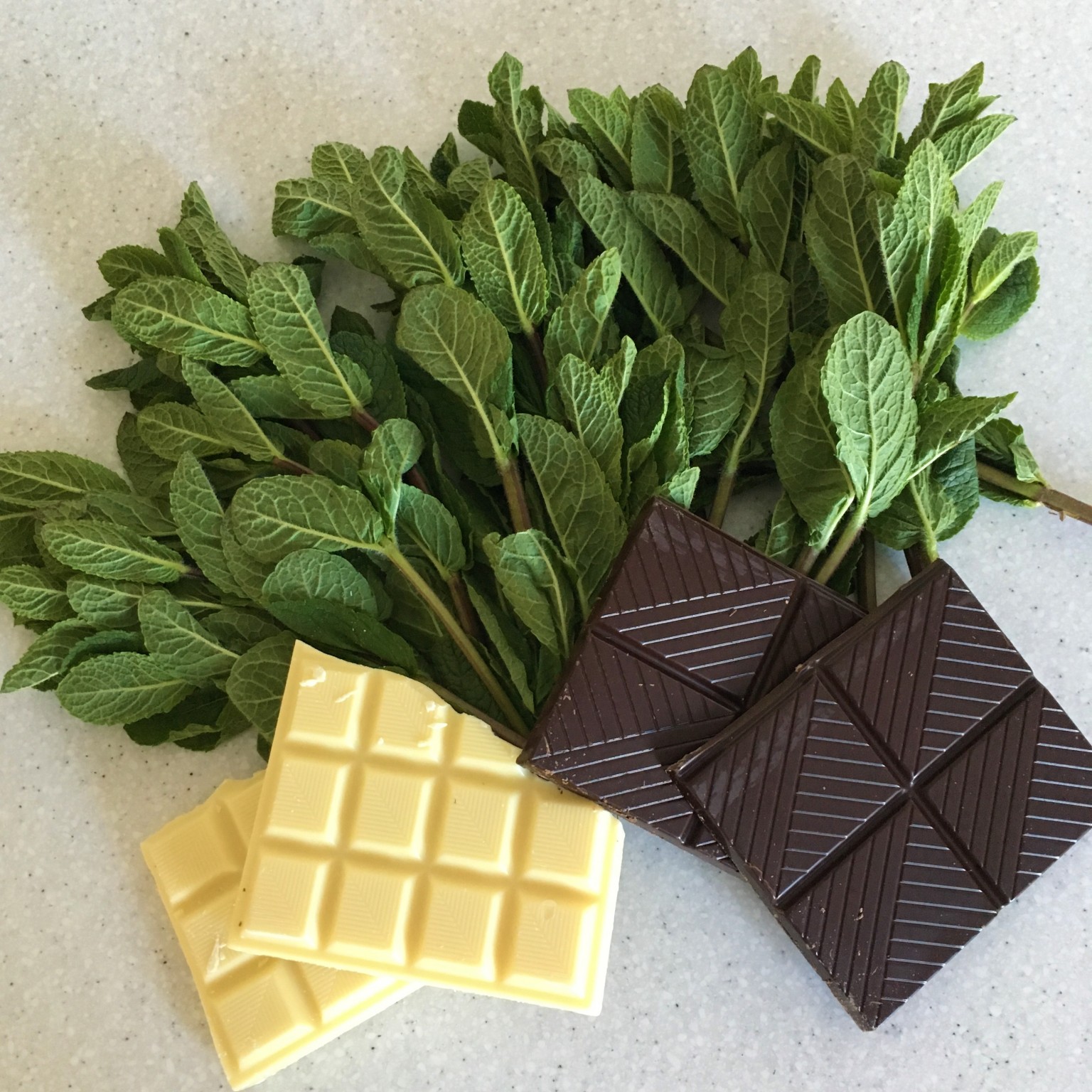
And here's how to make them:
Wash and carefully dry some mint leaves (they must be dry or the chocolate won't stick) and remove any stem from the leaf.
Melt the chocolate in a bowl over a small pan of hot water.
Dip the leaves into the melted chocolate.
Place the chocolatey leaves on a baking sheet lined with greaseproof paper.
Freeze or refrigerate until needed.
Serve straight from the freezer or fridge.
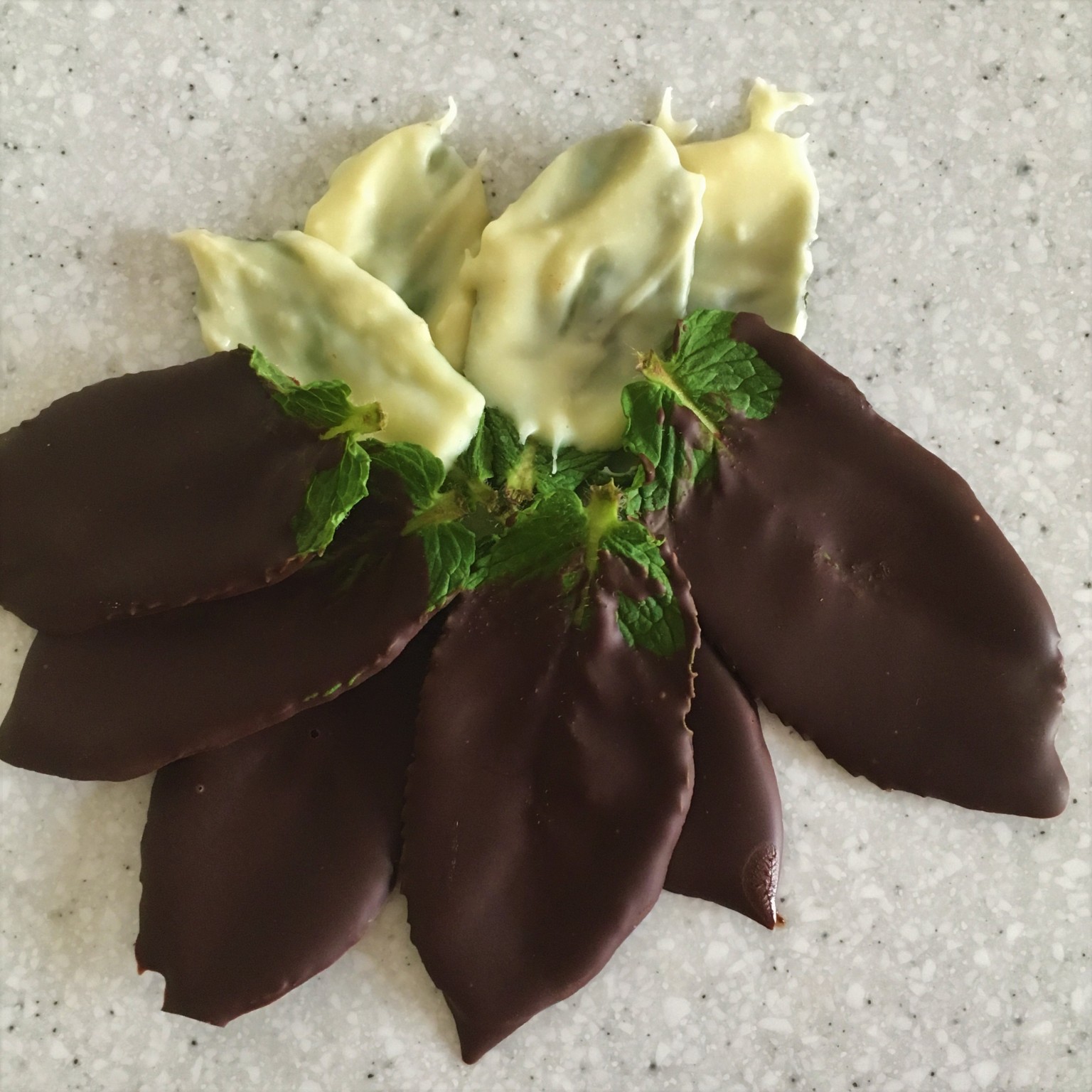
Top Tip for what to do with that leftover mint...
When you buy a bunch of mint, don't leave it in the packet in the fridge or it will go limp really quickly. Instead, fill a glass with water and place the mint in it, like you would do with a bunch of flowers. The mint will keep fresh for ages and, after about a week, will start to grow roots. You can then plant these little mint plants into a pot (they spread like mad if you plant them in the ground) to keep outside to provide you with mint for the rest of the summer. Mint is a perennial plant and will come back next year too.
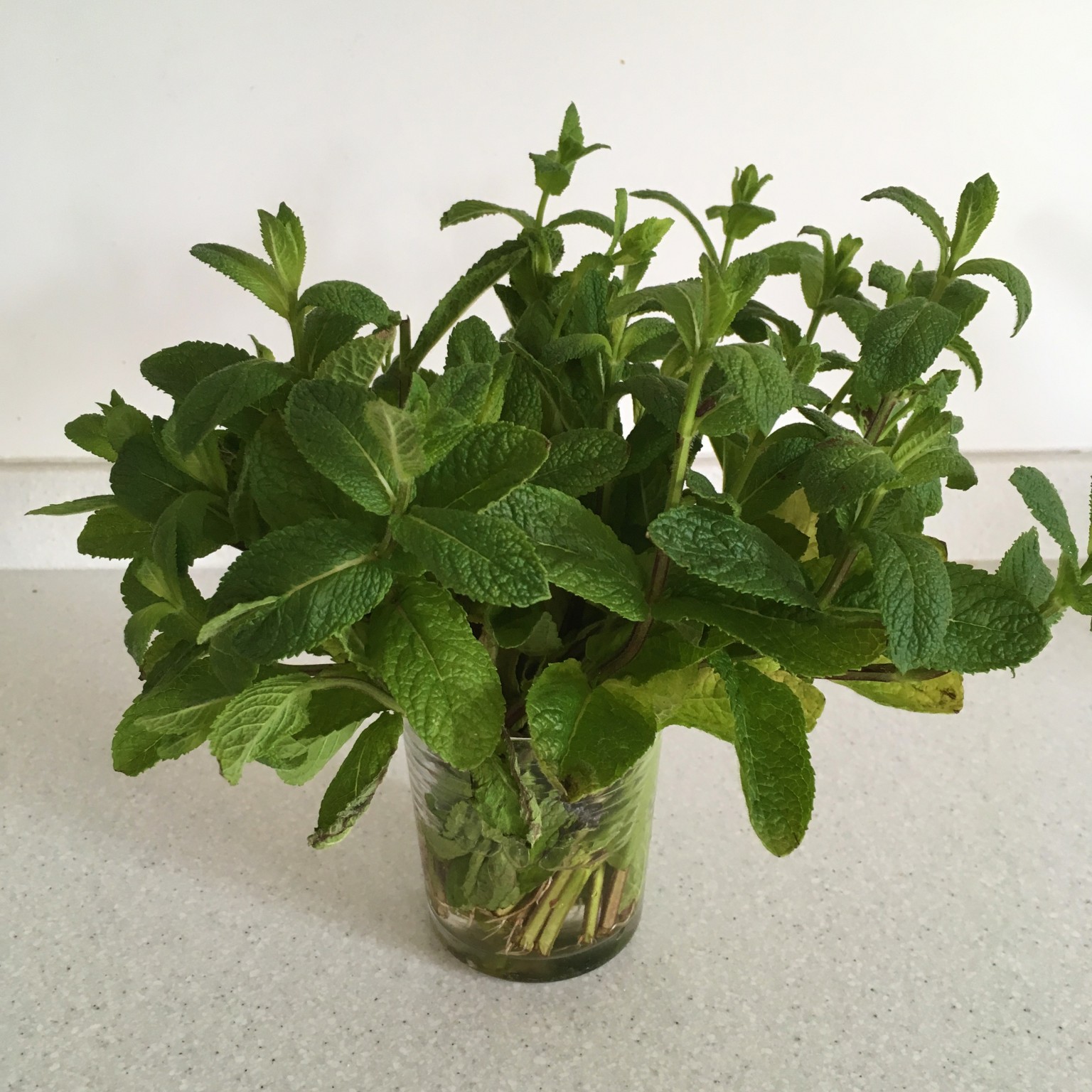
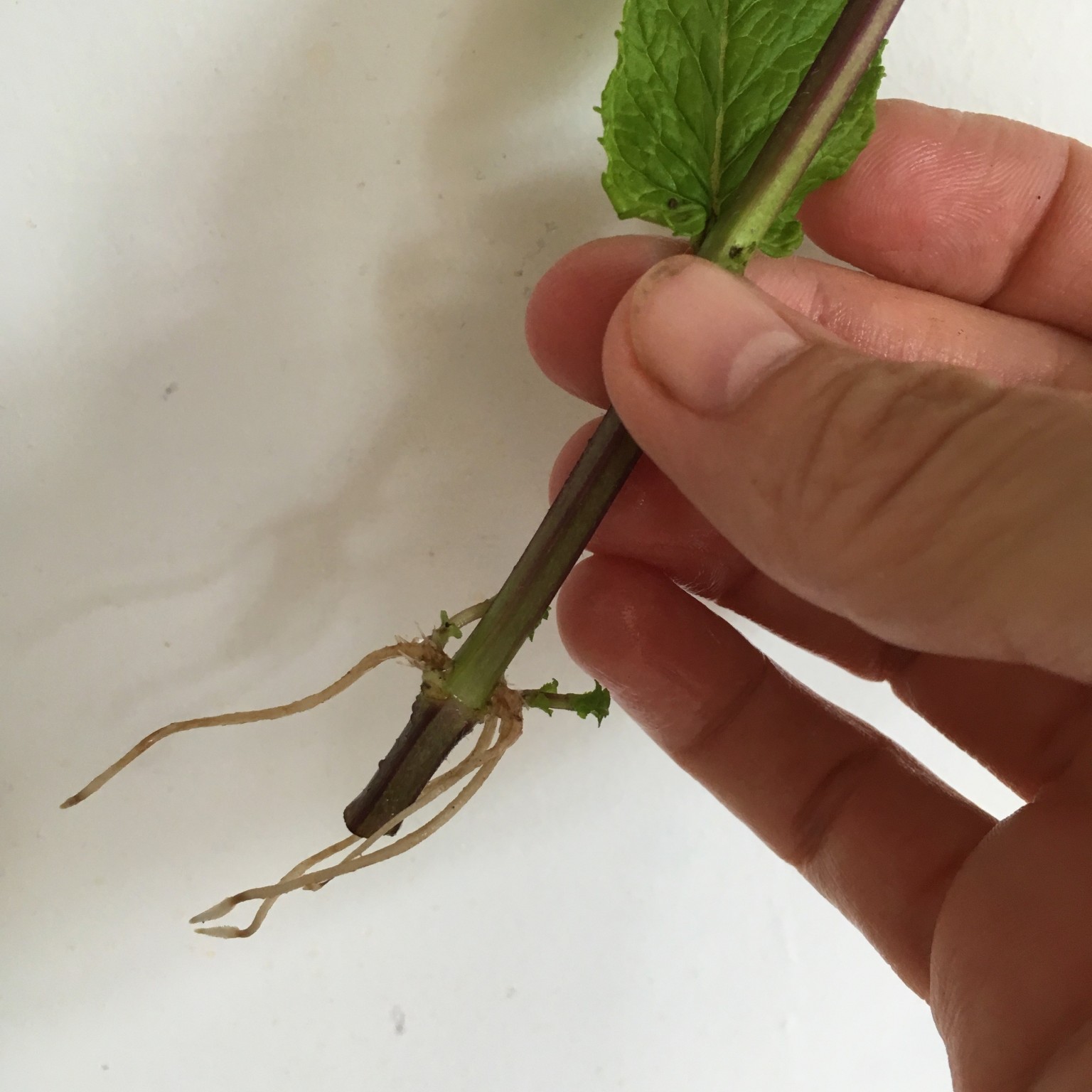
This Week's Interesting Word...
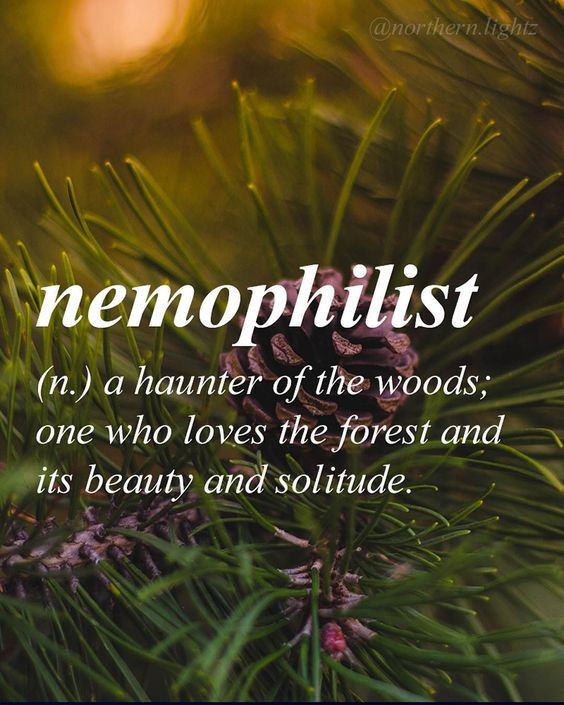
This Week's Musical Offering...
A 50 minute track to accompany a gentle stretch sequence, Savasana or this week's Yin Yoga class on the Thrive Yoga membership site. It's called Oneness Om and it's by Ananda Giri.
This Week's Video... is about moaning and negative thinking. We all know someone who complains all the time - they're not fun to be around and they drain our energy. Yoga helps us to work on things within ourselves that need changing (both physically and mentally), practice acceptance of things we can't change (like the weather) and learn to choose how we respond to situations rather than being reactive. This video is a reminder that the more we practice something the better we get at it - and that goes for complaining too...
I did a little research on the subject, and it is backed up by science - here are some links to a few articles if you are interested to learn more...
http://www.health.com/heart-disease/can-negative-thinking-make-you-sick
Thanks for reading, have a good week and, with hands in Anjali mudra, Namaste!







